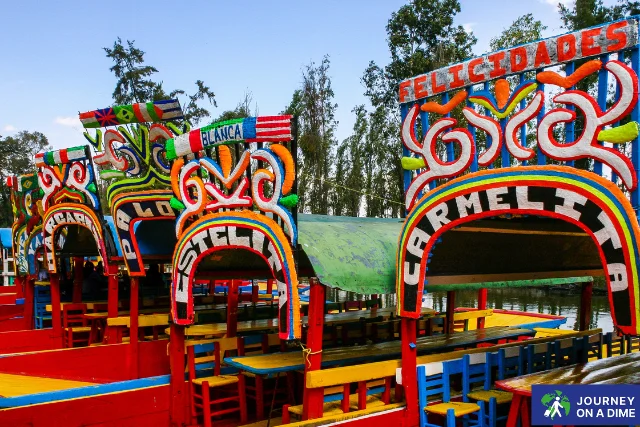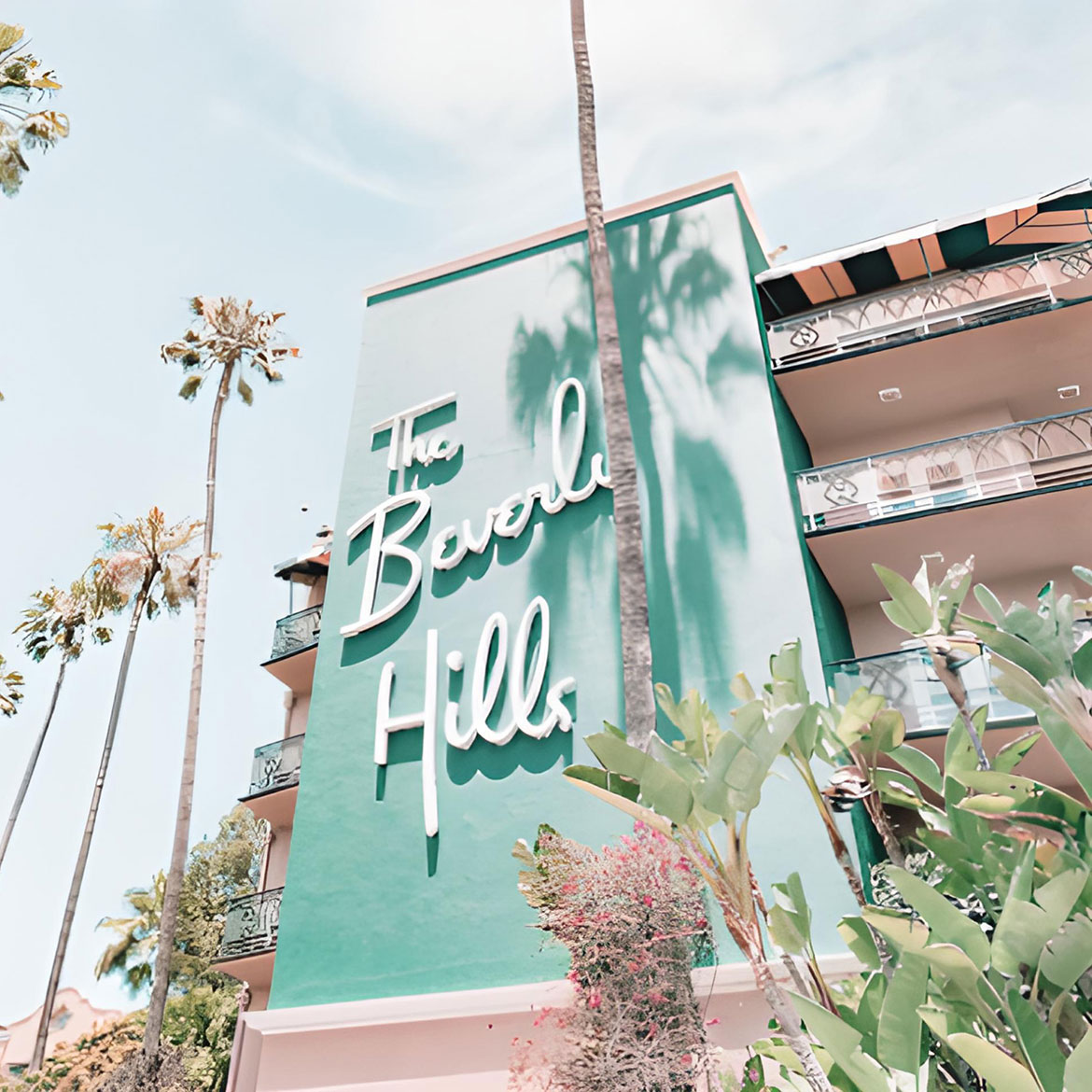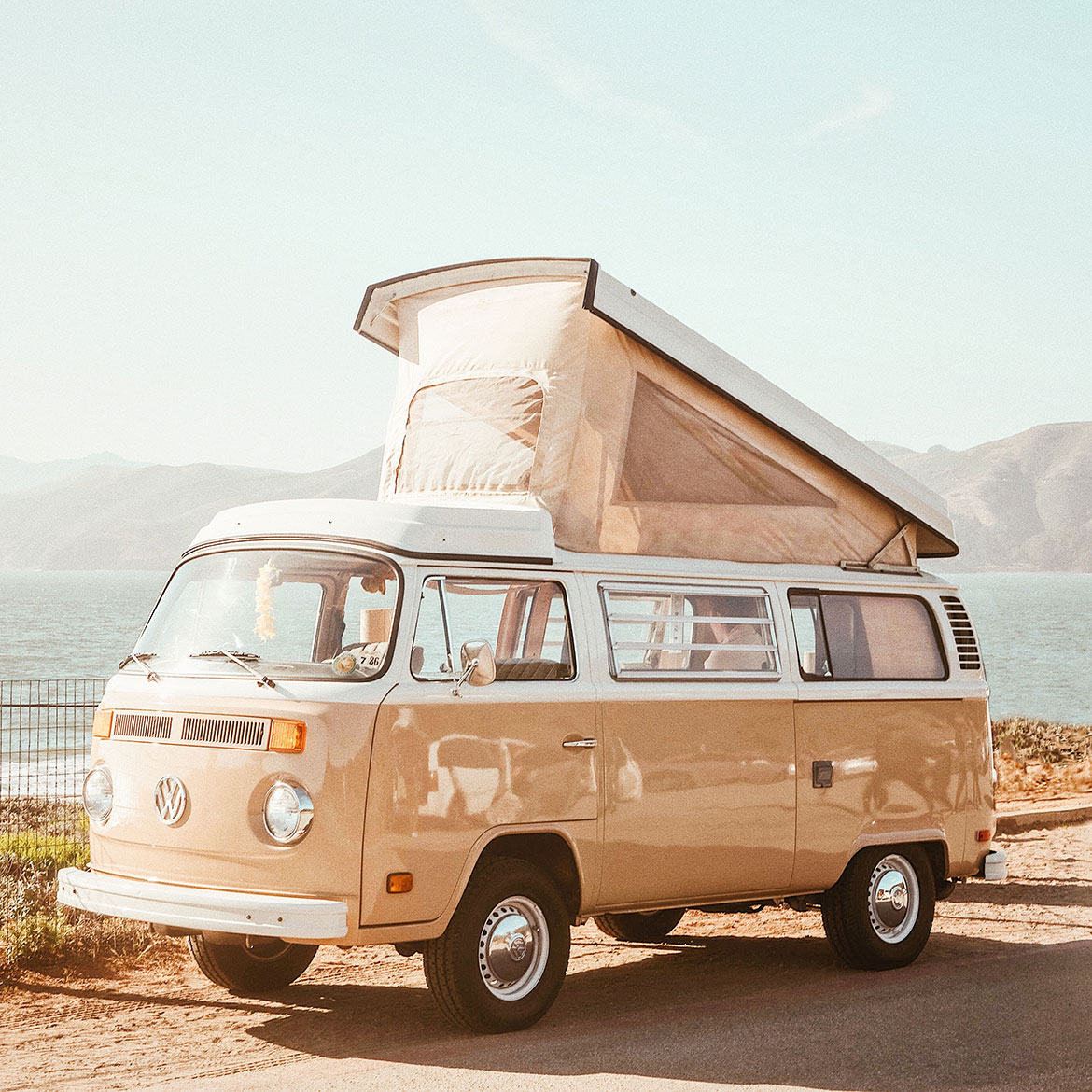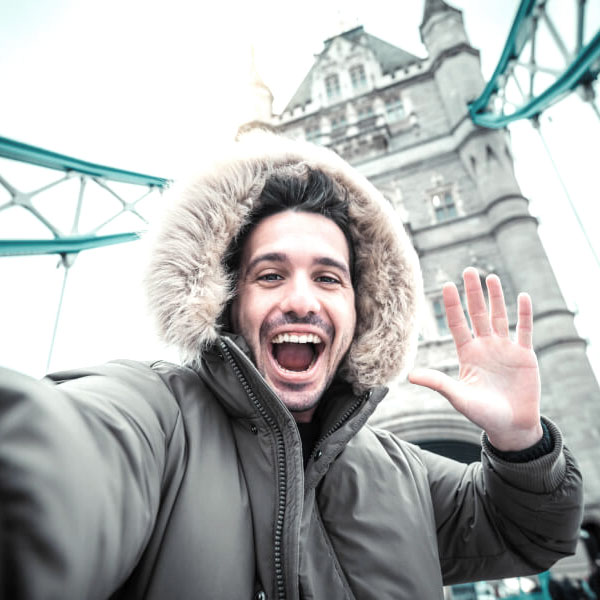3 Days in Mexico City: An Urban Explorer’s Guide

Bustling, bold, and bursting with culture—Mexico City is a place where ancient ruins meet cutting-edge art, where street tacos rival five-star dining, and where every neighborhood feels like its own little world. With so much to see and do, planning a short trip can be overwhelming. But don’t worry—we’ve got you covered. This urban explorer’s guide to spending 3 days in Mexico City will help you uncover the city’s rich history, vibrant neighborhoods, and modern delights without missing a beat.
Whether you’re into architecture, street food, art, or lively plazas, this guide is built to maximize your 72 hours in one of the world’s most dynamic capitals.
Why Mexico City?
Before we dive into the itinerary, let’s take a moment to appreciate what makes Mexico City so special. As one of the oldest cities in the Americas, it’s layered with stories from Aztec civilizations to Spanish colonialism to modern revolutions. Today, it’s a thriving metropolis with over 20 million people, offering travelers a mix of the past and future like nowhere else.
From walking through the ruins of Templo Mayor, sipping mezcal in Roma Norte, or watching murals come to life in Palacio de Bellas Artes, Mexico City rewards the curious and the adventurous.
Day 1: Dive into the Historic Core
Your first day should be spent soaking up the soul of the city—Centro Histórico. This neighborhood is a UNESCO World Heritage Site and the beating heart of Mexican history.
Stop 1: Zócalo (Plaza de la Constitución)
Start your morning at the Zócalo, one of the largest public squares in the world. It’s surrounded by some of the city’s most iconic landmarks and is a lively place for people-watching, protests, performances, and parades.
Stop 2: Metropolitan Cathedral (Catedral Metropolitana)
This grand structure is the oldest and largest cathedral in Latin America. Inside, you’ll find ornate altars, baroque chapels, and religious art that speaks volumes about the Spanish conquest.
Stop 3: Templo Mayor
Just a few steps from the cathedral are the ruins of the Aztec capital of Tenochtitlán. Walk the elevated platforms to peer into the past, then head into the museum to see artifacts including sacred stones and deity statues.
Lunch at El Cardenal or Azul Histórico
Both offer refined takes on traditional Mexican cuisine, perfect for sampling dishes like chiles en nogada or mole poblano.
Stop 4: Palacio de Bellas Artes
This marble palace is an architectural marvel and a cultural hub. Inside, you’ll find incredible murals by Diego Rivera and other famous Mexican artists. Time it right, and you might catch a performance by the Ballet Folklórico.
Stop 5: Alameda Central
Right next door is this leafy park—perfect for a breather and a snack from a street vendor. Look for elotes (grilled corn) or churros.
Dinner in Roma Norte
Wrap up your day in the artsy Roma neighborhood. Try Rosetta, a contemporary spot in a historic mansion, or Contramar for seafood with a twist. End the night with a cocktail at Licorería Limantour, consistently ranked among the world’s best bars.
Day 2: Art, Culture, and Color in Coyoacán and San Ángel
Day two takes you to the south of the city, where bohemian charm, cobblestone streets, and vibrant walls await.
Stop 1: Frida Kahlo Museum (Casa Azul)
Located in Coyoacán, this is Frida’s childhood home, turned into a museum filled with her artwork, personal items, and intimate spaces. Book tickets in advance, as lines are long and daily entry is limited.
Stop 2: Coyoacán Town Square
Wander through the tree-shaded Jardín Centenario and Plaza Hidalgo. Sip coffee, admire colonial architecture, and browse local artisans’ markets.
Lunch at Mercado de Coyoacán
For authentic street food, this bustling market offers quesadillas, tostadas, tacos, and freshly squeezed juices. Try tostadas de tinga or chile relleno.
Stop 3: San Ángel (Optional for Saturday Visits)
On Saturdays, San Ángel hosts the Bazaar Sábado, a market for fine Mexican crafts and art. Even if it’s not a market day, the neighborhood’s peaceful, flower-lined streets are a delight to explore.
Stop 4: Museo Diego Rivera-Anahuacalli
Built by Diego Rivera to house his vast pre-Hispanic art collection, this volcanic-stone building is both eerie and beautiful. It’s a bit out of the way but well worth the visit for history and architecture buffs.
Dinner at Lalo! or Maximo Bistrot
Head back toward the Roma/Condesa area for dinner. Lalo! is vibrant and casual, while Maximo Bistrot offers a more upscale farm-to-table experience.
Day 3: Modern Mexico City & Chapultepec Adventure
On your final day, experience the modern and green side of Mexico City by exploring Chapultepec Park and Polanco.
Stop 1: Chapultepec Castle (Castillo de Chapultepec)
Set on a hill in the middle of Chapultepec Park, this 18th-century castle has served as a royal residence and presidential palace. The views of the city skyline from the top are unbeatable, and the interior features lavish furnishings and murals.
Stop 2: Museo Nacional de Antropología
One of the best anthropology museums in the world, this institution houses everything from Olmec heads to Mayan carvings and the famous Aztec Sun Stone. Allocate at least 2 hours—but you could easily spend half a day.
Lunch at El Lago or Paradero
Dine near the water at El Lago, a more upscale option, or try Paradero, a hip food hall with a variety of modern Mexican eats.
Stop 3: Polanco Neighborhood
Walk off lunch with a stroll through Polanco, known as the Beverly Hills of Mexico City. High-end boutiques, trendy cafes, and polished parks make this a stark contrast to the historic center.
Stop 4: Soumaya Museum (Optional)
This futuristic silver building is an architectural statement, housing a private collection including works by Rodin and Dali. Admission is free and it’s conveniently located in Polanco.
Final Night: Sunset and Farewell Dinner
End your 3-day journey with sunset views from the Cityzen rooftop in Reforma or Terraza Catedral near the Zócalo. For your farewell dinner, try Pujol (if you scored a reservation!) or Sud 777, both considered among the top restaurants in Latin America.
Pro Travel Tips for Mexico City
- Altitude Awareness: Mexico City sits at over 7,000 feet. Stay hydrated and take it slow your first day.
- Use Uber or Metro: Uber is cheap and safe. The Metro is efficient but crowded—best avoided during rush hours.
- Carry Pesos: Credit cards are widely accepted, but markets and street vendors often require cash.
- Don’t drink the tap water: Stick to bottled or filtered water.
- Download maps offline: Cell service can be spotty in some places.
- Brush up on basic Spanish: Even a few words go a long way in markets and taxis.
FAQs
Q: Is Mexico City safe for tourists?
Yes, Mexico City is generally safe in tourist-friendly neighborhoods like Centro Histórico, Roma, Condesa, and Polanco. Use common sense, avoid walking alone at night in unfamiliar areas, and keep your belongings secure.
Q: What’s the best way to get around?
Uber is the easiest and safest for most travelers. It’s affordable and avoids haggling with taxi drivers. Walking is also great in compact areas like Roma or Coyoacán.
Q: How many days should I spend in Mexico City?
Three days gives you a fantastic introduction, but you could easily spend a week or more and not run out of things to do.
Q: Do I need to speak Spanish?
Many locals in tourism speak some English, but outside major attractions, Spanish is helpful. Learning basics like “por favor,” “gracias,” and “dónde está…” can go a long way.
Q: Can I use U.S. dollars?
Some tourist shops may accept dollars, but it’s better to use pesos for fair pricing and ease.
Q: What’s the best time to visit Mexico City?
The best time is between March and May or October and November when the weather is pleasant and crowds are moderate. Rainy season is June to September, but showers usually pass quickly.
Image Source: Canva








